ehcache介绍
Ehcache是一种高性能、开源的Java缓存框架,被广泛应用于许多大规模、高并发的分布式系统中。它提供了一种快速、可扩展、分布式的数据缓存方案,支持各种内存级别的缓存、磁盘级别的缓存、分布式缓存等。
Ehcache设计目标主要是提供高性能和可扩展性。其核心优点包括:
- 1. 高性能:Ehcache采用了内存和磁盘混合存储的方式,支持多种存储策略,能够最大限度地利用系统资源,提高缓存访问速度。
- 2. 可扩展性:Ehcache支持分布式缓存,可以通过多节点部署方式实现缓存数据的复制或分片,支持多种负载均衡、故障恢复、容错处理等机制,使得整个缓存系统具有高可用性和可扩展性。
- 3. 易用性:Ehcache提供了一套简单易用的API接口,能够方便地进行缓存数据的读取、写入、删除等操作,同时也提供了许多运行时监控和管理工具。
总之,Ehcache是一种成熟的、可靠的分布式缓存框架,适合用于高并发、大规模的分布式缓存场景中。
使用教程
首先需要添加 Ehcache 的依赖,可以在 pom.xml 文件中加入以下内容:
<dependency>
<groupId>net.sf.ehcache</groupId>
<artifactId>ehcache</artifactId>
<version>2.9.3</version>
</dependency>接着需要在配置文件 application.properties 中进行 Ehcache 的配置:
# Ehcache配置
spring.cache.type=ehcache
spring.cache.ehcache.config=classpath:ehcache.xml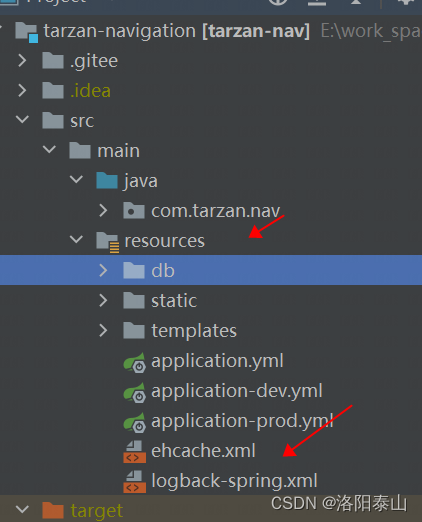
然后创建 ehcache.xml 配置文件,并在其中定义缓存名称及其属性:
<?xml version="1.0" encoding="UTF-8"?>
<ehcache xmlns:xsi="http://www.w3.org/2001/XMLSchema-instance"
xsi:noNamespaceSchemaLocation="http://ehcache.org/ehcache.xsd"
updateCheck="false">
<diskStore path="java.io.tmpdir/ehcache" />
<cache name="users"
maxEntriesLocalHeap="10000"
maxEntriesLocalDisk="100000"
eternal="false"
diskSpoolBufferSizeMB="20"
timeToIdleSeconds="300" />
<cache name="books"
maxEntriesLocalHeap="1000"
maxEntriesLocalDisk="10000"
eternal="false"
diskSpoolBufferSizeMB="30"
timeToIdleSeconds="600" />
</ehcache>配置说明 :
<!-- diskStore path:磁盘缓存位置 -->
<!-- maxEntriesLocalHeap:堆内存中最大缓存对象数,0没有限制 -->
<!-- maxElementsInMemory: 在内存中缓存的element的最大数目。-->
<!-- eternal:elements是否永久有效,如果为true,timeouts将被忽略,element将永不过期 -->
<!-- timeToIdleSeconds:空闲时间,即在指定时间内没有访问,则该缓存会失效,当eternal为false时,这个属性才有效,0为不限制 -->
<!-- timeToLiveSeconds:存活时间,即从放入缓存开始计算,在指定时间内缓存会失效,当eternal为false时,这个属性才有效,0为不限制 --> <!-- overflowToDisk: 如果内存中数据超过内存限制,是否要缓存到磁盘上 -->
<!-- statistics:是否收集统计信息。如果需要监控缓存使用情况,应该打开这个选项。默认为关闭(统计会影响性能)。设置statistics="true"开启统计 -->
在需要使用缓存的类中,可以使用 Spring 的 @Cacheable 注解来定义方法的缓存属性:
@Cacheable(value = "users", key = "#id")
public User getUserById(int id) {
// ...
}
@CacheEvict(value = "user",allEntries = true)
public User updateUserById(User user) {
// ...
}这样就可以在方法执行时,将返回值缓存起来,当下次请求同一个值时,直接从缓存中获取,而不用执行方法了。
除此之外,还有 @CachePut、@CacheEvict、@Caching 等其他注解,具体使用方法可以参考 Spring 的文档。
最后可以通过以下方式获取缓存管理器,并使用其 API 进行缓存操作:
@Autowired
private CacheManager cacheManager;
public void testCache() {
Cache users = cacheManager.getCache("users");
users.put("1", new User("jack", 18));
User user = users.get("1", User.class);
}


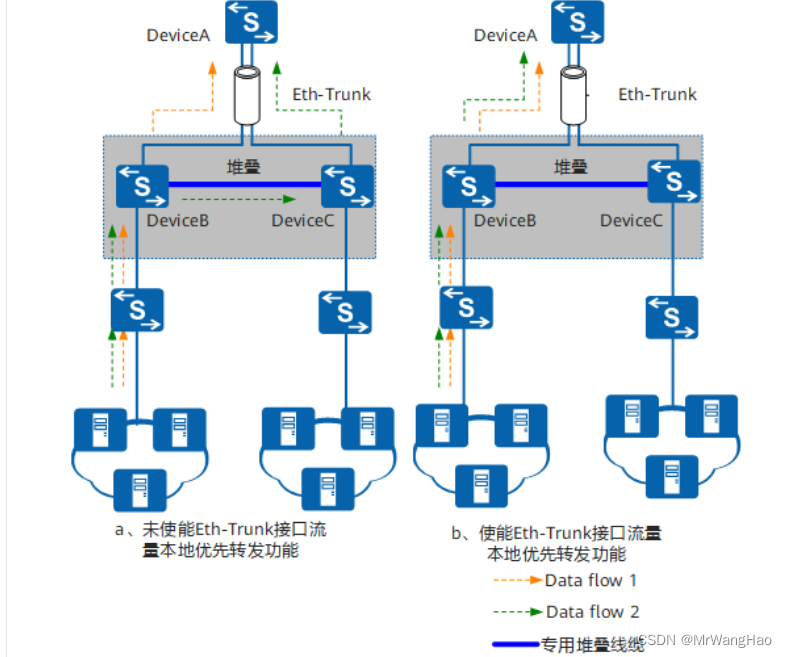
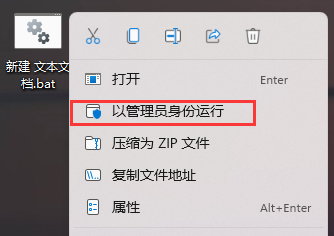

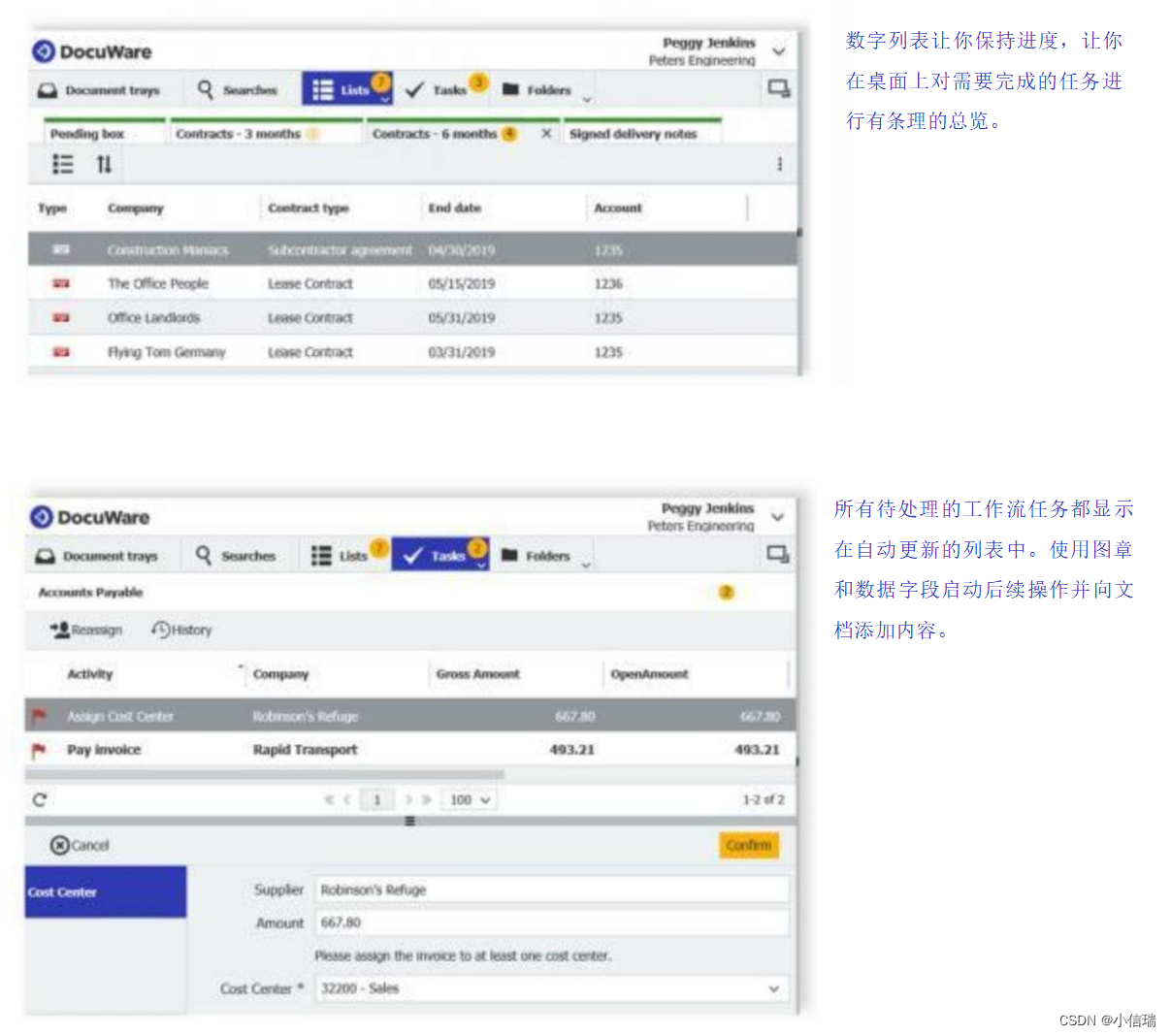
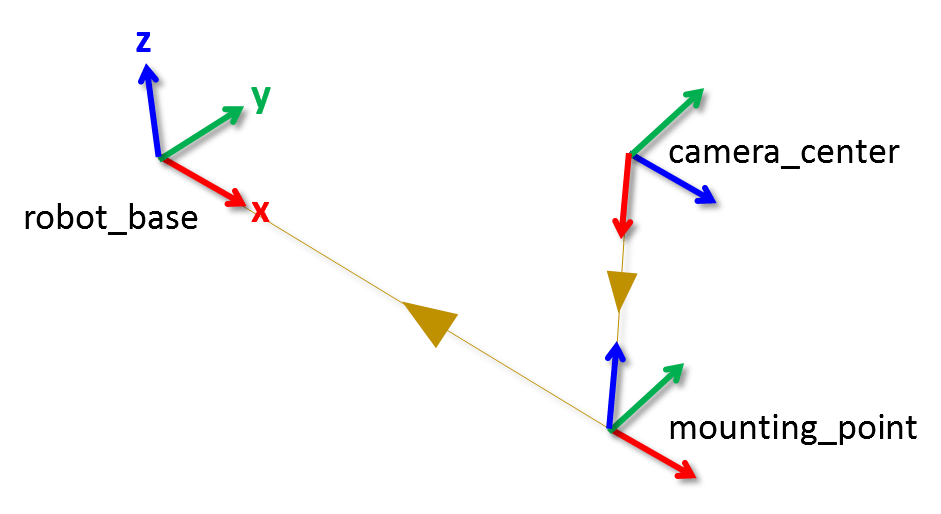




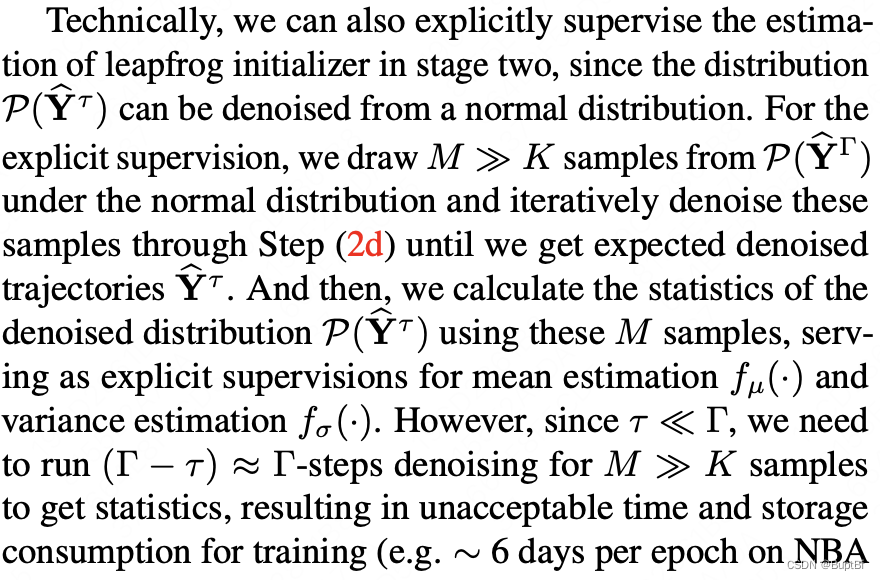
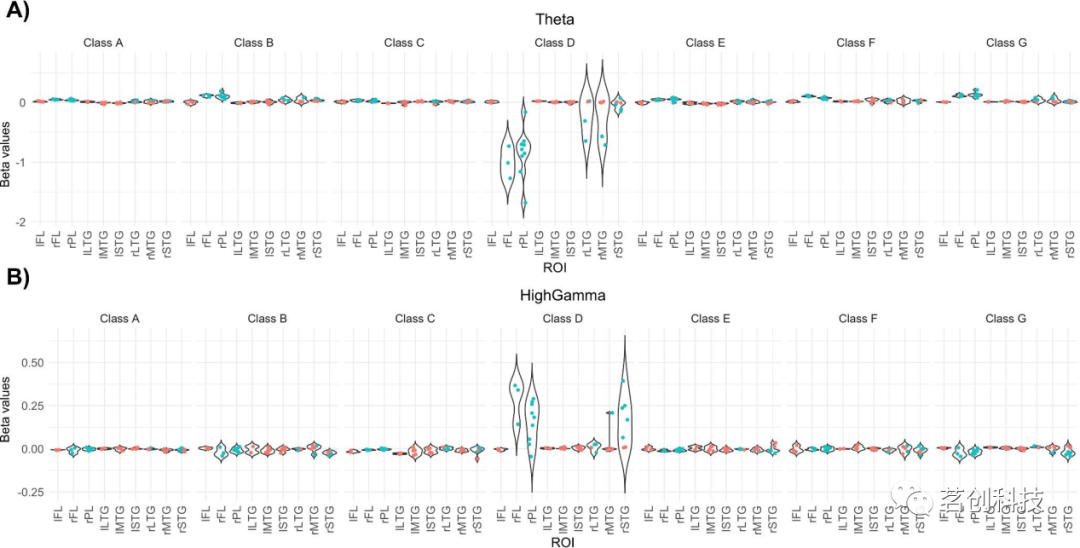
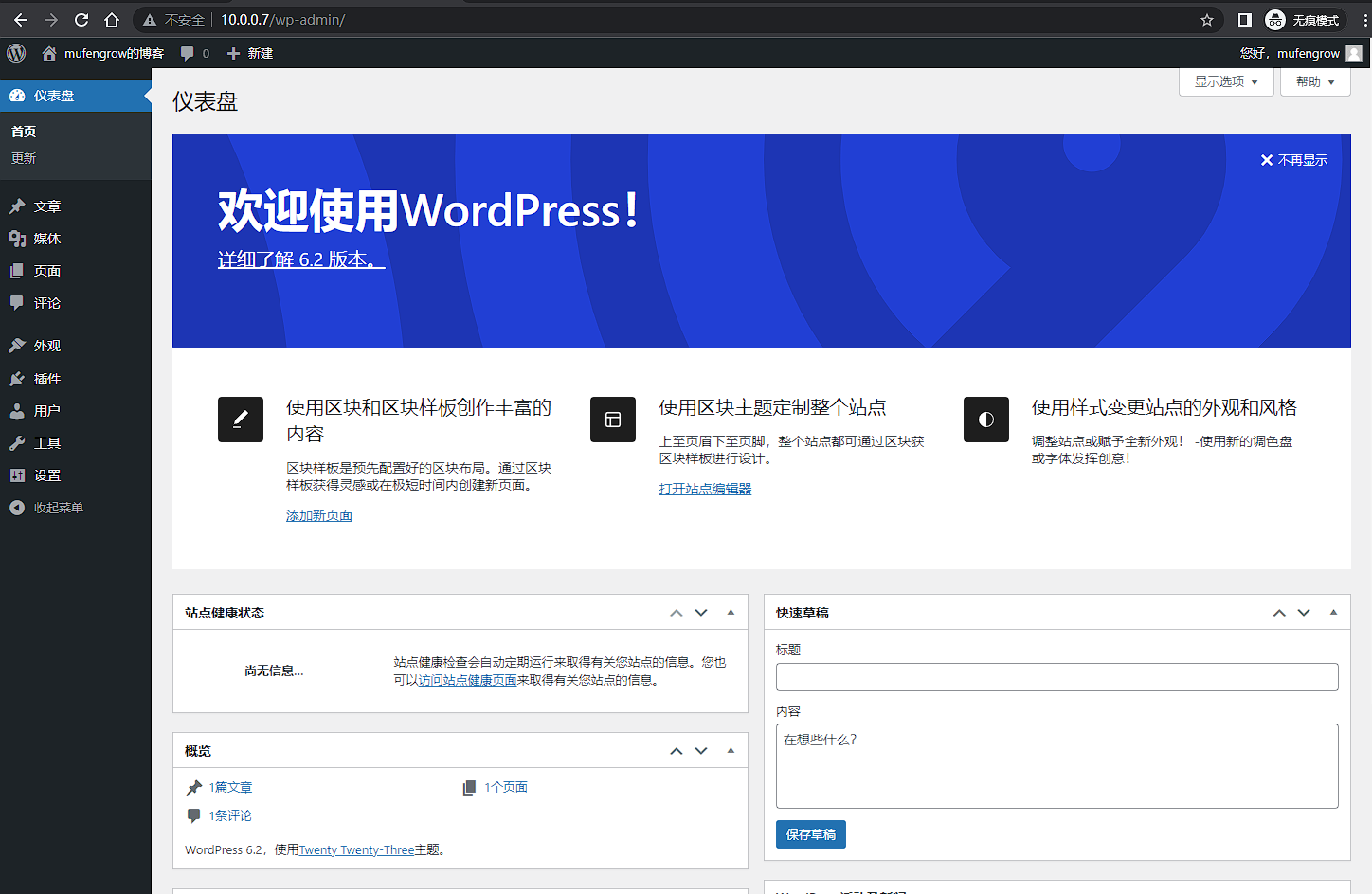
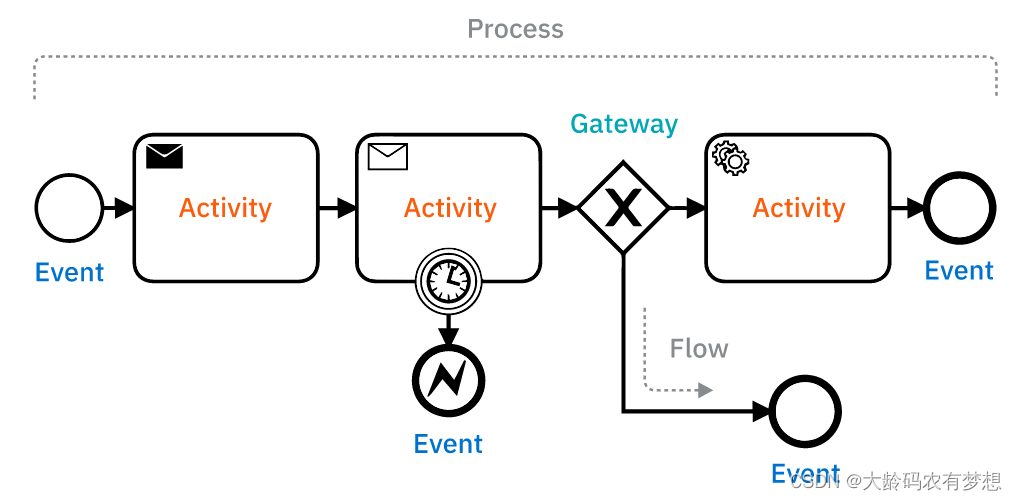



![[杂谈]从《天堂2》到永恒之塔私服的感慨](https://img-blog.csdnimg.cn/img_convert/dc69afab7fe0a37f6a745323ce5cb235.gif)